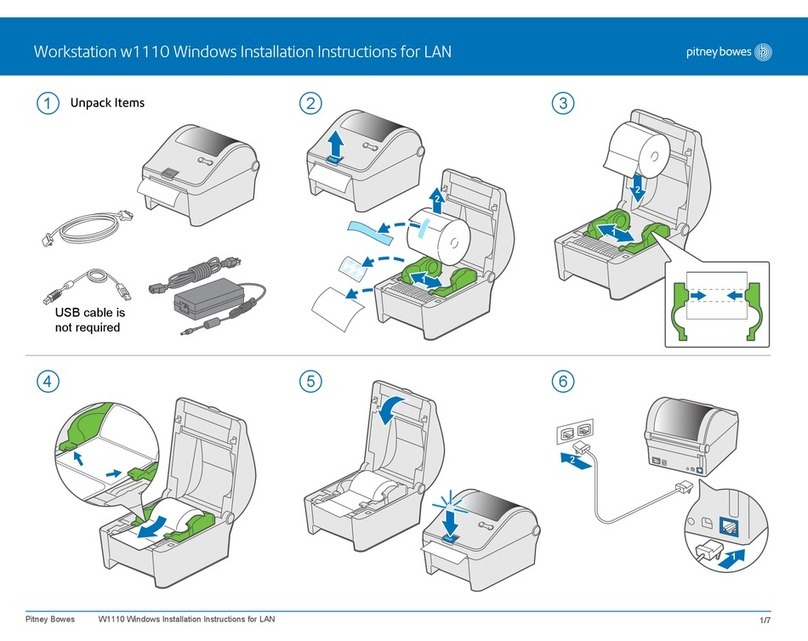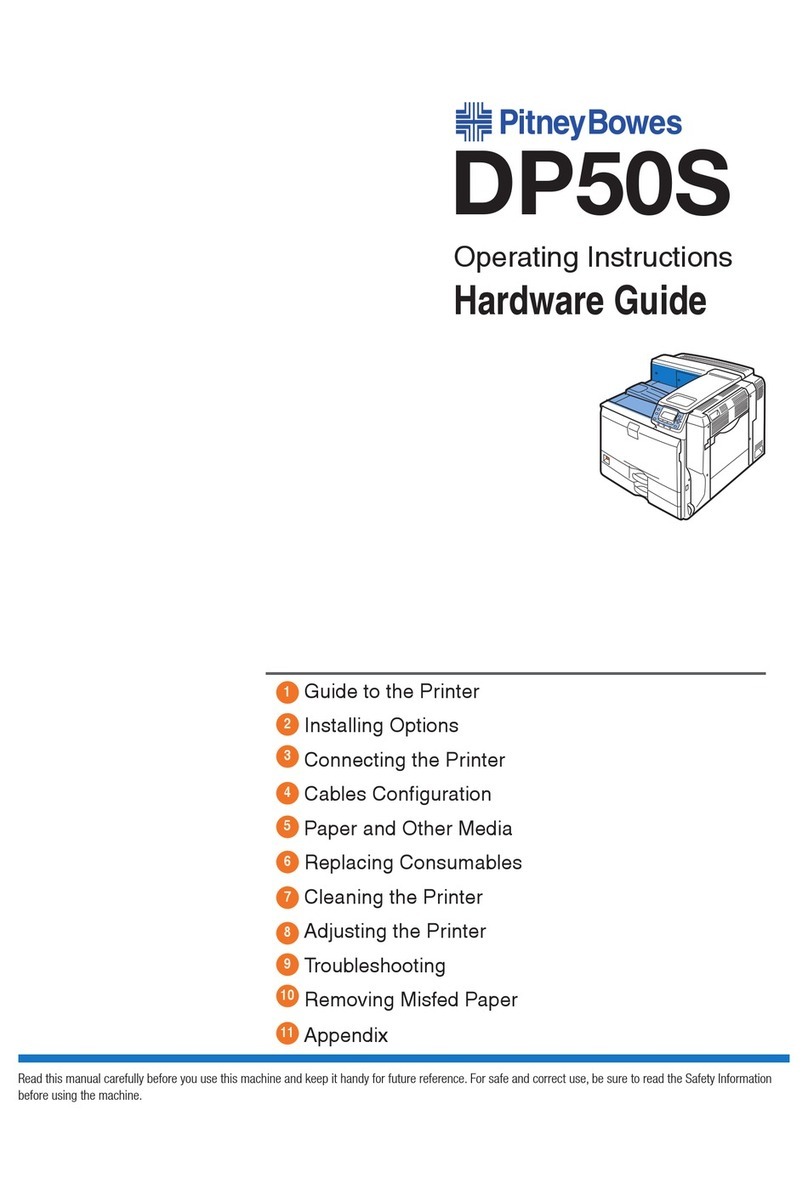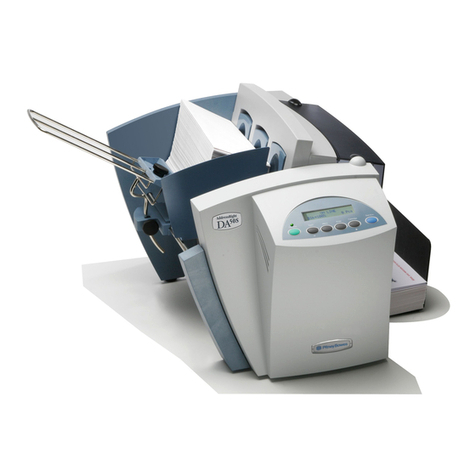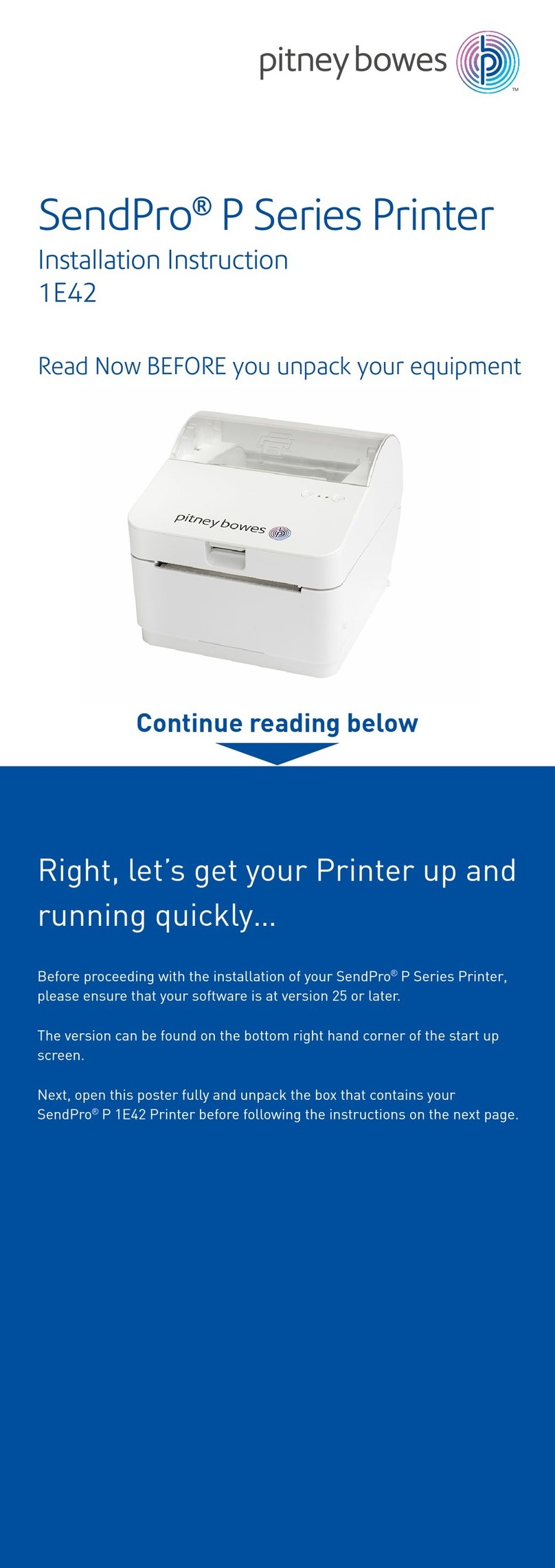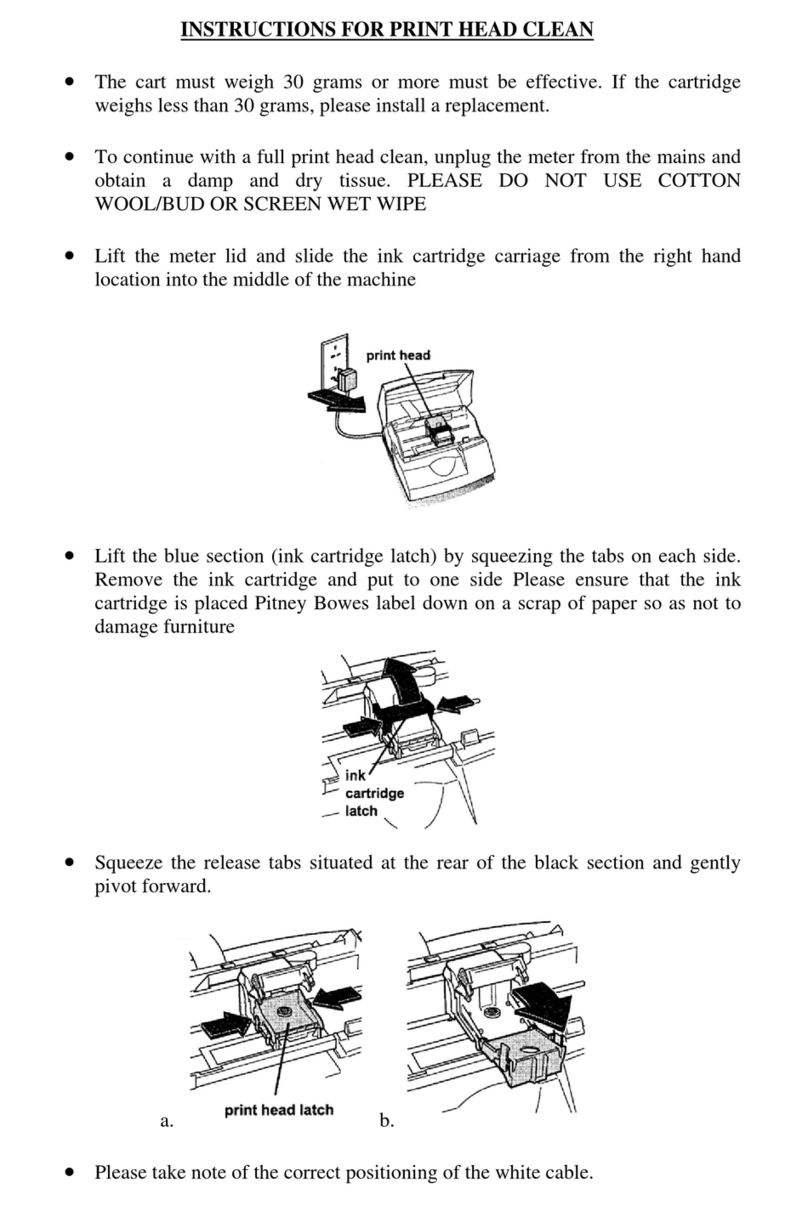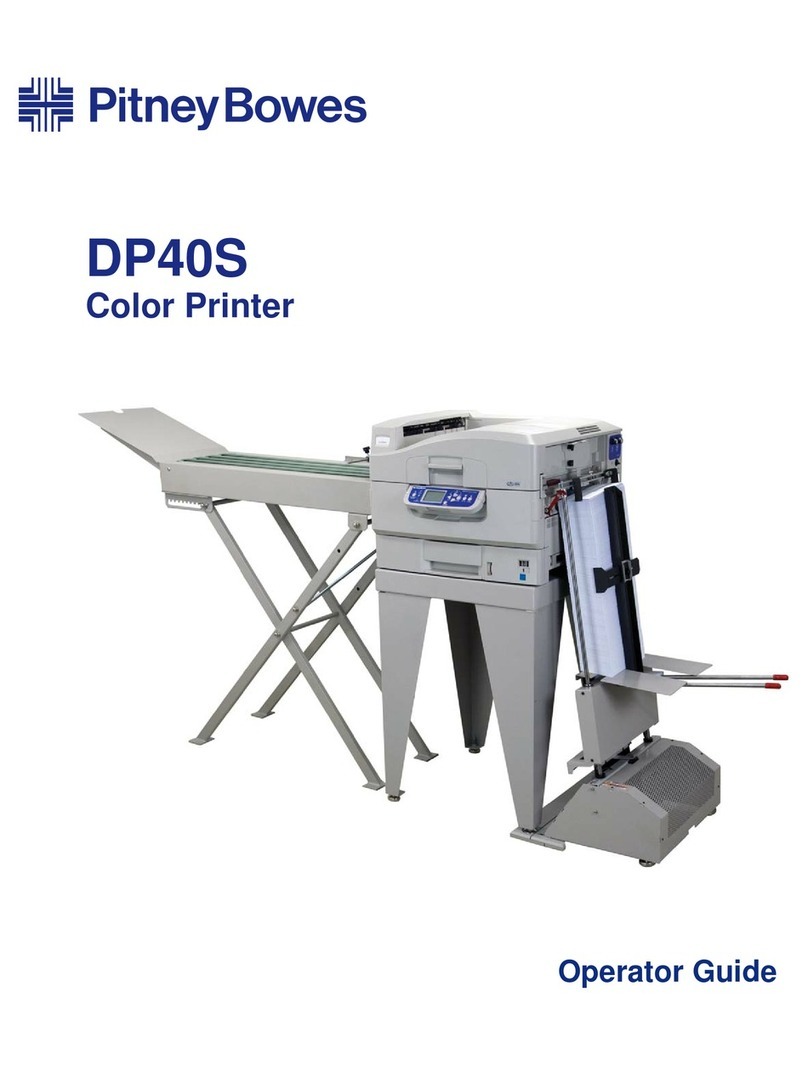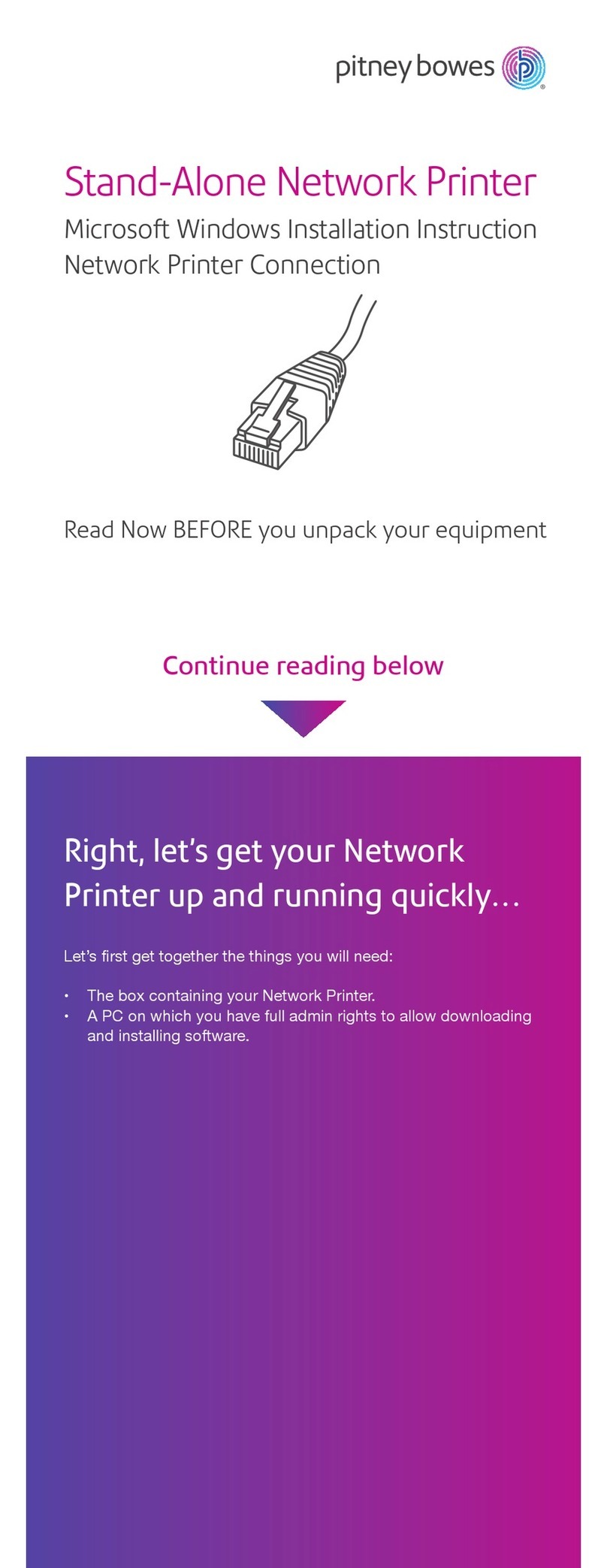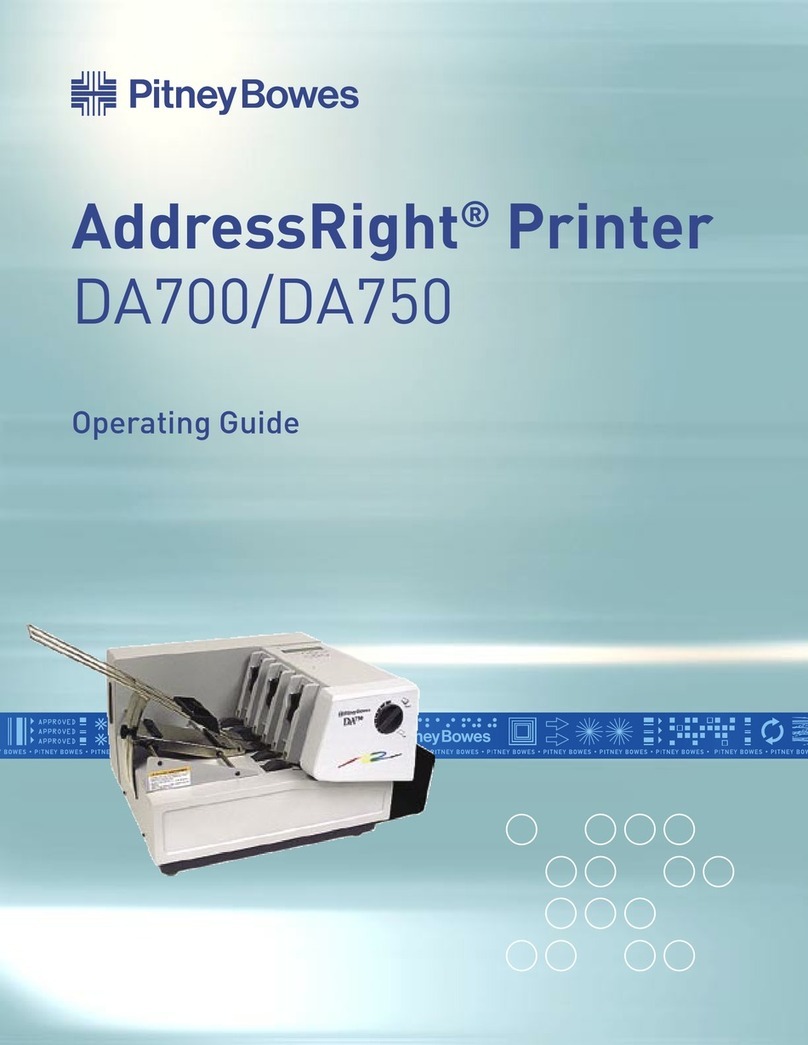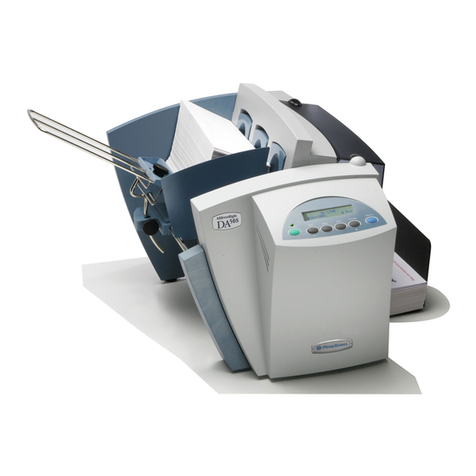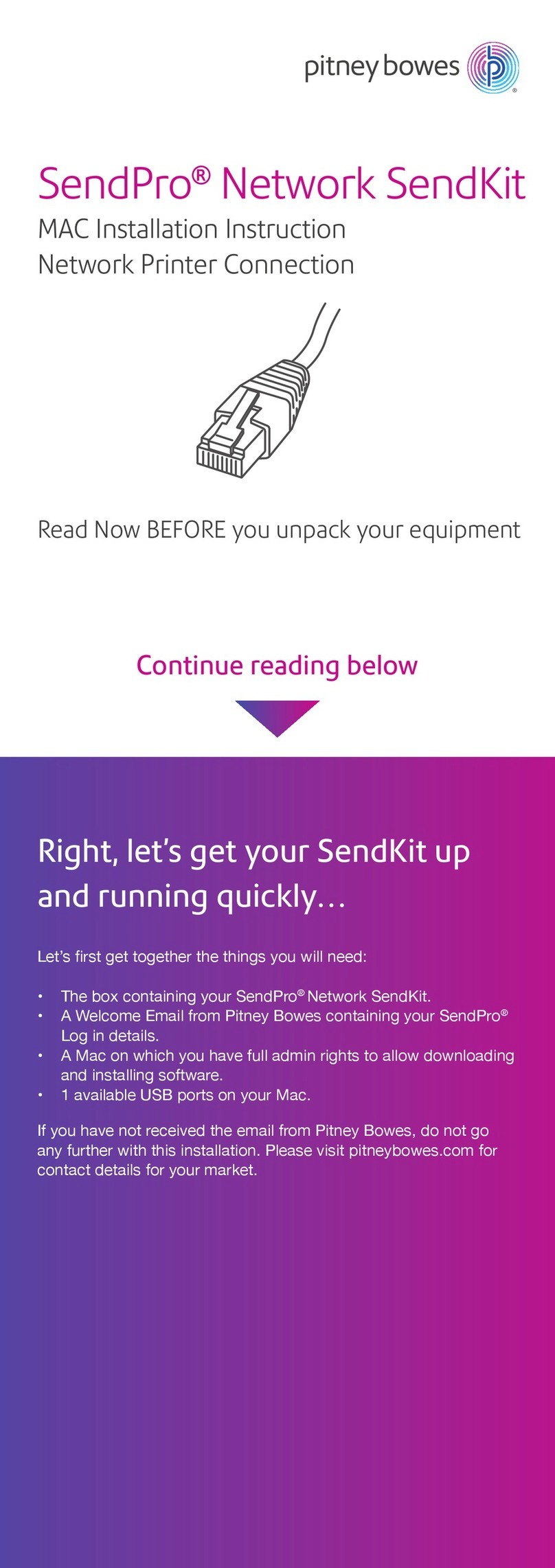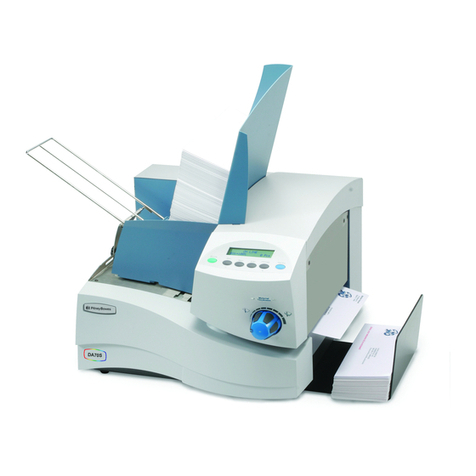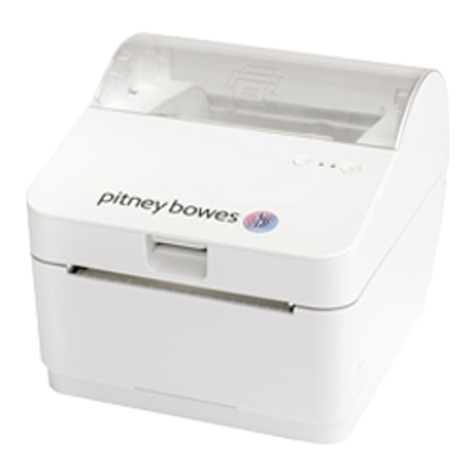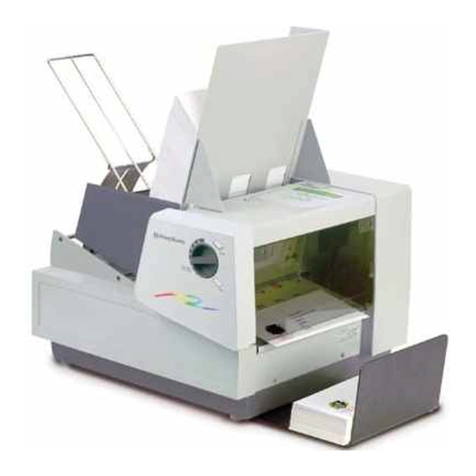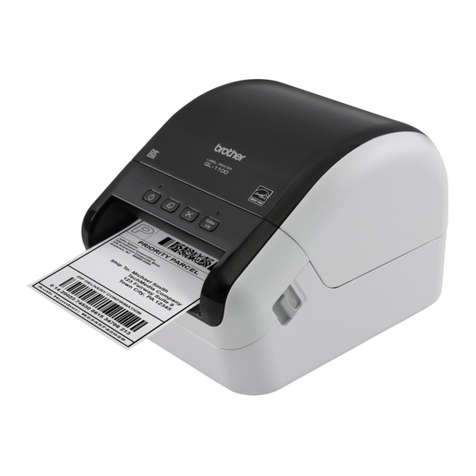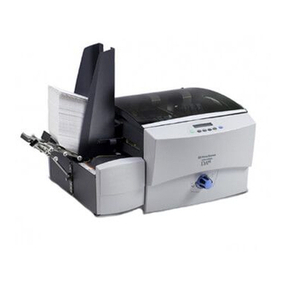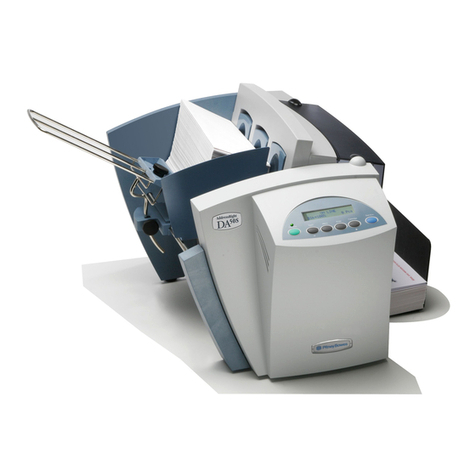
DA80F/DA95F AddressRight™ Printers Service Manual (SV61962 Rev. A) 1-3
Introduction • 1
Personal Safety (continued)
• Don’t work on equipment under power unless it’s absolutely necessary.
If you must, use extreme caution. Don’t grasp two sides of a live circuit
at the same time—use one hand when reaching into a circuit, touching
a grounded case or chassis with that wrist or elbow if possible. This pre-
vents current from passing through vital organs. Observe this rule when
connecting or disconnecting plugs or leads, or making any adjustments
on a live circuit.
• Use the right tools for the job. A tool which slips can cause a short—or a
shock. Don’t reach into a circuit with metal tools, or while wearing rings or
a watch. Even in low voltage circuits, a metal object can short circuit two
terminals. When working on live circuits, use tools with insulated handles
and try to keep your tool hand grounded.
• Don’t bypass safety devices, particularly fuses. Three-wire outlets (120
Vac) are designed to ground equipment to make it safe. If a hot wire
shorts to a grounded frame, the only result is an open fuse. If a hot wire
shorts to an ungrounded frame, the frame itself becomes hot and poten-
tially dangerous. A fuse is a weak link in a circuit, designed to break down
before anything else does. The maximum safe current in a circuit is de-
termined by the designers. Too large a fuse can pass excessive current,
damaging expensive equipment.
• For electrical fires, use Type C, BC or ABC extinguishers only. Don’t use
soda acid or other liquid stream extinguishers. They will damage elec-
trical equipment and present a shock hazard to the user.
• Digital equipment can be easily damaged or destroyed by static charges.
Microprocessors and other integrated circuits contain tiny transistors not
much more than a millionth of an inch across, which operate at 5 to 12
volts.
• Be extremely careful when lifting heavy equipment. Follow the guidelines
below:
a. Squat to lift and lower. DO NOT bend at the waist.
b. Keep your low back bowed in while bending over.
c. Keep the weight as close to you as possible.
d. Bow your back in and raise up with your head first.
e. If you must turn, turn with your feet, not your body.
f. Never jerk or twist!
g. Put the weight down by keeping your low back bowed in.
h. Keep your feet apart, staggered if possible.
i. Wear shoes with non-slip soles.
j. Get help if you need it.
1.4 Safety
